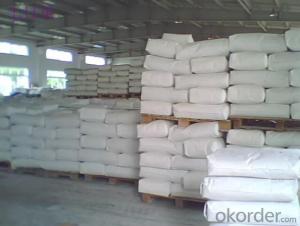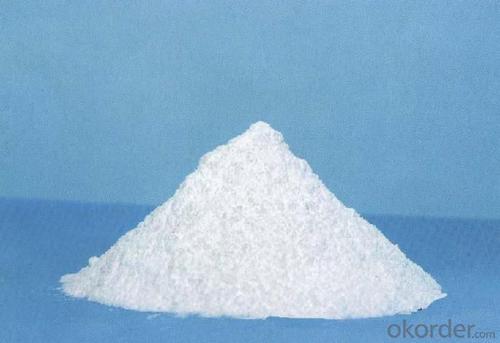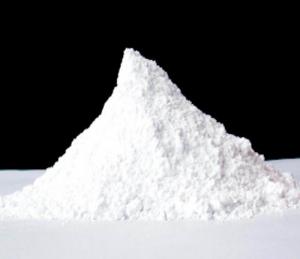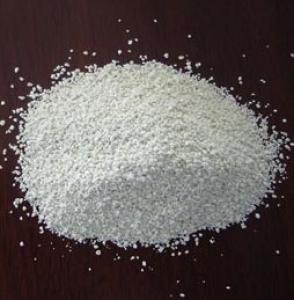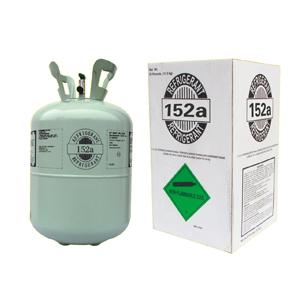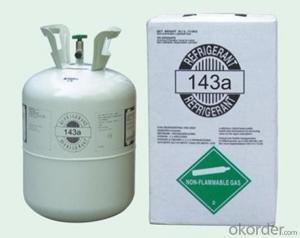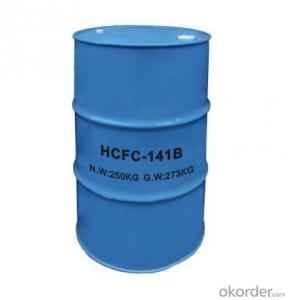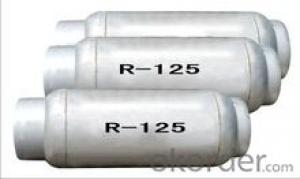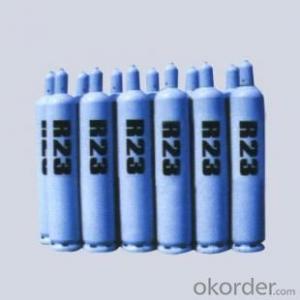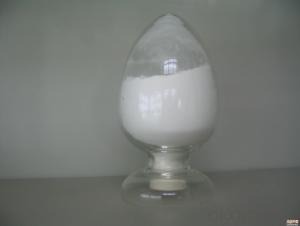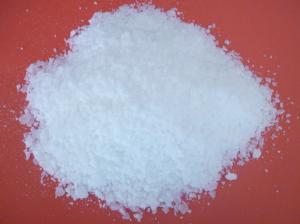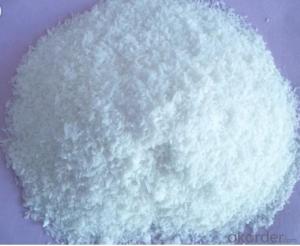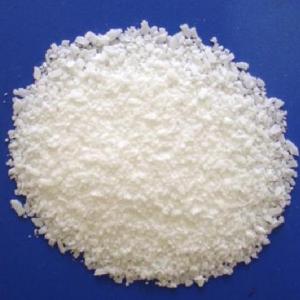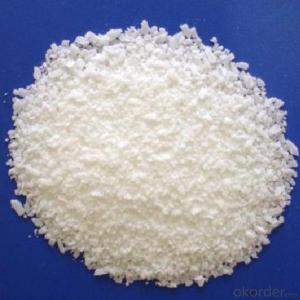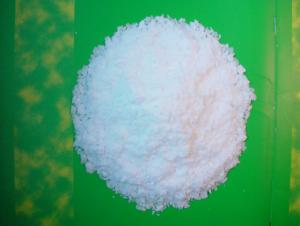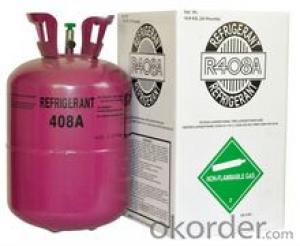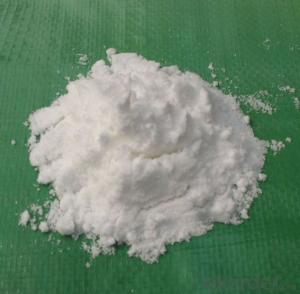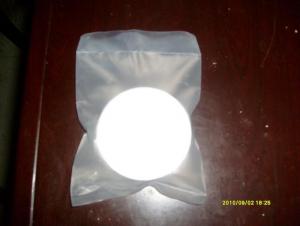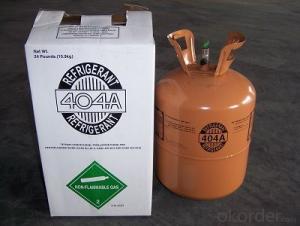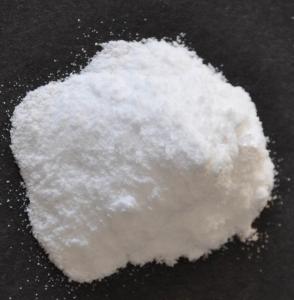Malaysia Stearic Acid Triple Pressed, Stearic Acid Rubber Grade
- Loading Port:
- Tianjin
- Payment Terms:
- TT OR LC
- Min Order Qty:
- -
- Supply Capability:
- 8000MT/month m.t./month
OKorder Service Pledge
OKorder Financial Service
You Might Also Like
Stearic acid
Formula: C18H36O2
Structural Formula:CH3(CH2)16COOH
Product Description:
Shaped like Lump, flake; Saturated fatty acid mainly with C16 and C18, white flake solid at ambient temperature, not dissolved in water, slightly dissolved in benzene and carbon bisulfide, and easily dissolved in hot alcohol. No smell no poison. It has the general chemical properties of organic carboxylic acid.
Physicochemical Properties:
pure product is white with a shiny soft small pieces, melting point 69.6 degrees, the boiling point of 376.1 degrees. Relative density 0.9408, refractive index 1.4299, slowly volatile in the 90-100 degrees. Slightly soluble in cold water, soluble in alcohol, acetone, soluble in benzene, chloroform, ethyl ether, carbon tetrachloride, carbon disulfide, toluene and so on.
Specification:
Item | Index | |||||
Grade No. | 1842 | 1838 | 1820 | 1860 | 1870 | 1880 |
Iodine value gI2/100g ≤ | ≤5.0 | ≤5.0 | ≤5.0 | ≤6.0 | ≤7.0 | ≤8.0 |
Saponification value mgKOH/g | 206~211 | 206-213 | 214-216 | 193-220 | 193-220 | 192-218 |
Acid value mgKOH/g | 208~210 | 210~211.5 | 214-225 | 182-218 | 192-218 | 193-220 |
Chroma (Hazen) ≤ | ≤60 | ≤80 | ≤100 | 200-400 | ≤150 | 400 |
Freezing point °C | 54~57 | 54~57 | 55~57 | 54 | 52 | 52 |
Moisture % ≤ | ≤0.2 | ≤0.2 | ≤0.2 | ≤0.3 | ≤0.3 | ≤0.3 |
Inorganic acid % ≤ | 0.001 | 0.001 | 0.001 | 0.001 | 0.001 | 0.001 |
Suggest Uses:
Mainly for the production of stearic acid salts: Widely used system for cosmetics, plastic cold-resistant plasticizer, release agent, stabilizer, surfactants, rubber vulcanization accelerator, waterproof agent, polishing agent, metal soap, metal mineral flotation agent, softeners, pharmaceuticals, and other organic chemicals.
In addition, oil-soluble pigments can be used as solvents, crayons transfer slip agent, waxed paper lighting agent, stearic acid glyceride emulsifier, etc..
Packing :25/50kg in PP bag ,25MT/20GP
Product Storage:
in dry warehouse ventilation should be more than 10mm from the ground to avoid damp products in the above-mentioned conditions, from the date of delivery for one year shelf life.
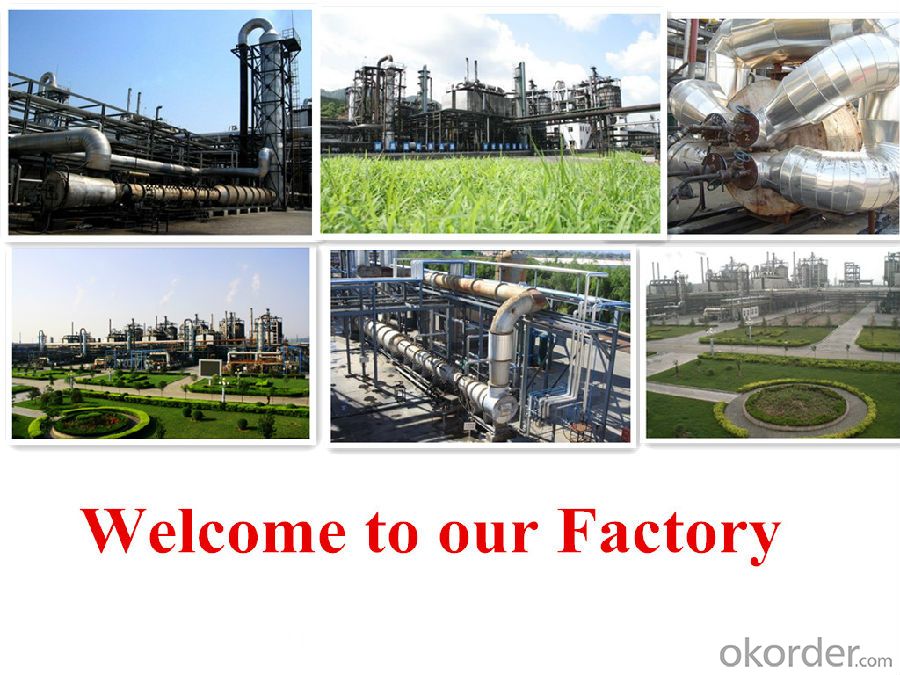
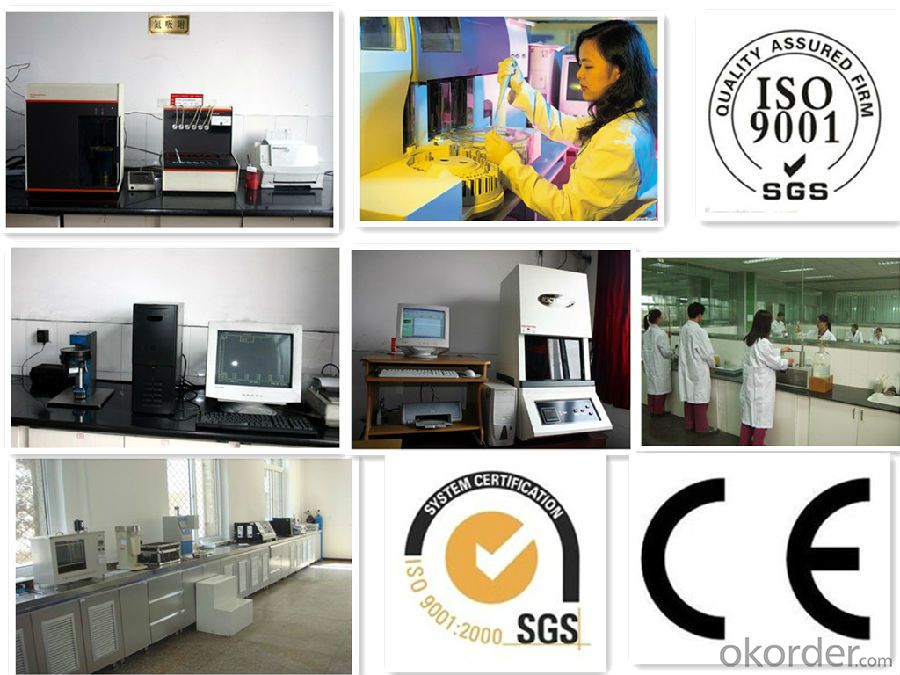
- Q: What is the difference between an aromatic compound and a hydrocarbon derivative?
- The aromatic compound is a benzene ring containing compound, which may be a hydrocarbon or a hydrocarbon derivative. Hydrocarbons are hydrocarbon-containing compounds, and hydrocarbons containing hydrocarbons other than hydrocarbons are derivatives of hydrocarbons. The two concepts have crossed.
- Q: Does the carboxylic acid react with the Grignard reagent?
- Reaction. Grignard reagent is an organic strong base, first and the acid reaction of carboxylic acid to produce magnesium salt, and sometimes further nucleophilic attack, control conditions will get different products, but the first acid-base reaction is unavoidable.
- Q: China's largest asphalt production base where
- Coal tar pitch is a byproduct of coking, that is, the black material that remains in the distillation kettle after distillation of the tar. It is only fine with the physical properties of refined tar, there is no obvious boundaries, the general division method is to specify the softening point at 26.7 ℃ (cubic method) for the following tar, 26.7 ℃ above the asphalt. Coal tar pitch mainly contains volatile anthracene, phenanthrene, pyrene and so on. These substances are toxic, because the content of these components are different, the nature of coal tar pitch is also different. The change of temperature has great influence on coal tar pitch, which is easy to brittle in winter and easy to soften in summer. Heating with a special smell; heated to 260 ℃ in 5 hours later, it contains anthracene, phenanthrene, pyrene and other ingredients will be volatile.
- Q: Identification of Derivatives of Chemical Hydrocarbons in High School
- Derivatives have gone, and give a specific range Well
- Q: What are the derivatives of hydrocarbons?
- Halogenated hydrocarbons, alcohols
- Q: What is the current status of carbon dioxide capture technology and how is it compared to plants that absorb carbon dioxide?
- I think it 's harder if the thing is to be industrialized. = Such as carbon dioxide hydrogenation into methane, after the methane transport or storage is also a relatively large problem bars And not to say that the hydrogenation of carbon dioxide into methane has been studied for a long time, but it does not seem to have developed any big news like ah There is also electrochemical reduction of carbon dioxide. It is relatively easy to produce formic acid in the aqueous phase, such as the Partially oxidized atomic cobalt oxide for carbon dioxide electroreduction to liquid fuel (Nature: Nature Publishing Group) recently made by Xie Yi. The But the separation of formic acid and water is also a more difficult thing ah. The
- Q: Inorganic chemistry employment direction? Current research direction
- Inorganic chemistry is the science of the composition, nature, structure and reaction of inorganic matter, which is the oldest branch of chemistry. Inorganic substances include all chemical elements and their compounds, except for most of the carbon compounds. (In addition to carbon dioxide, carbon monoxide, carbon disulfide, carbonates and other simple carbon compounds are still inorganic substances, the rest are organic matter.) Inorganic chemistry is in addition to hydrocarbons and their derivatives, the nature of all elements and their compounds And their reaction to experimental research and theoretical interpretation of science, is the development of the discipline of the earliest branch of a discipline.
- Q: NH4HCO3 and so have C atoms ah, why still inorganic
- Not all carbon compounds are organic compounds, CO, CO2, carbonic acid, carbonates (including salt and acid salts), metal carbides, cyanides, thiocyanates are inorganic compounds.
- Q: What is organic?
- Simply refers to the organic ingredients containing organic ingredients. The real organic cosmetics are organic plants as the main raw material, do not add artificial spices, artificial colors, oil-free ingredients, the added preservatives and surfactants must be strictly limited, and the manufacturing process to comply with the relevant provisions, can not use animals Experiments and the use of radiation sterilization products. In general, the certification of organic skin care products must meet the following conditions: First, the organic environment, the closest growth of natural growth, production base (ie, the environment) are not damaged, water (irrigation water), soil (soil ), Gas (air) is not contaminated. Second, organic cultivation, no artificial fertilizer irrigation or artificial feed, without antibiotics, chemical insecticide, without genetic variants. Third, the organic processing and production projects, including the harvest after washing, finishing, packaging, processing, transportation, storage, sales and other sectors) did not subject to secondary pollution.
- Q: How to distinguish between inorganic chemicals and organic chemicals
- If the chemical can be dissolved in water, then it is likely that inorganic chemicals, because organic chemicals only a few substances such as ethanol and acetic acid can be dissolved in water. In addition, inorganic chemicals are mostly solid or aqueous solution, and organic chemicals are mostly liquid and odor.
Send your message to us
Malaysia Stearic Acid Triple Pressed, Stearic Acid Rubber Grade
- Loading Port:
- Tianjin
- Payment Terms:
- TT OR LC
- Min Order Qty:
- -
- Supply Capability:
- 8000MT/month m.t./month
OKorder Service Pledge
OKorder Financial Service
Similar products
Hot products
Hot Searches
Related keywords

